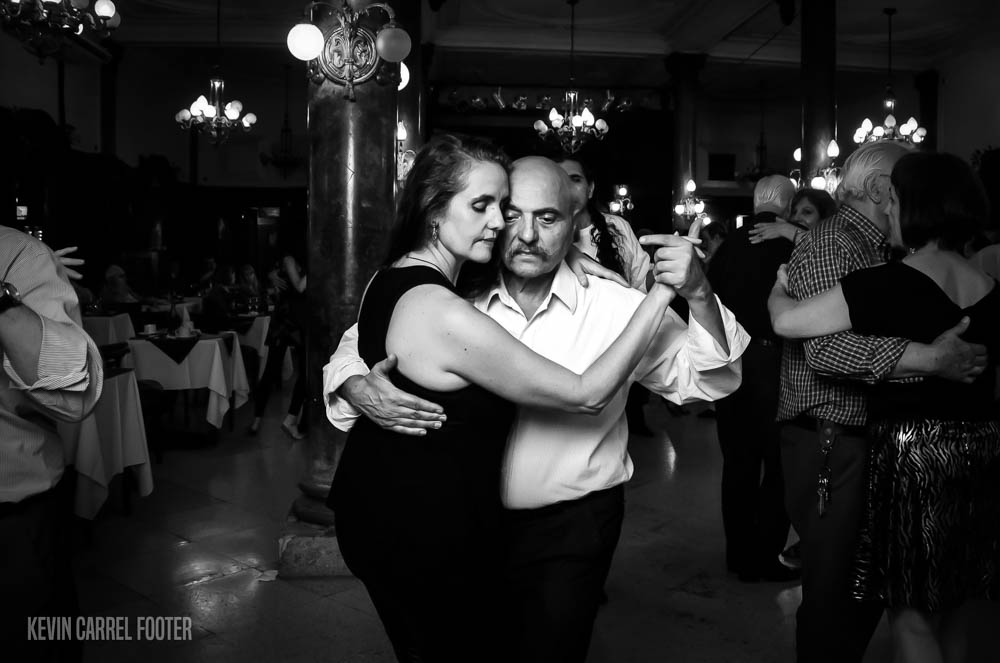By Sasha Cagen & Kevin Carrel Footer / Photographs by Kevin Carrel Footer For anyone who craves touch, Argentine tango is the ultimate dance. Tango teaches us how to hold another person in a close embrace and then move together in unison. But now tango and touch are off limits, in Buenos Aires where tango […]
Welcome!
The piece you are trying to read is for subscribers only. The archive of my Little Epiphanies going back over a decade is available only to those who have signed up. If you’d like to read this piece, become a subscriber.
After all, it’s free!
– Kevin
Two Ways to Subscribe
- If you’d like to receive the Little Epiphanies delivered to your inbox each Sunday, access to the Little Epiphanies Archive (10 years of Little Epiphanies to explore!) and a special gift (download my book), become a Free Member: Click here to become a Free Member
- Upgrade to become an Audio Member and you’ll receive all the benefits of the free tier plus you will receive access to the audio version of Little Epiphanies read by me each week. I have a lot of fun recording these so I think you’ll enjoy them very much. Become an Audio Member: Click here to become an Audio Member
Psst! Use the promo code TRYFORFREE to get your first month as an Audio Member for free. Cancel at any time.
Abrazos!
Kevin
Already a member? Sign in below.


Leave a Reply